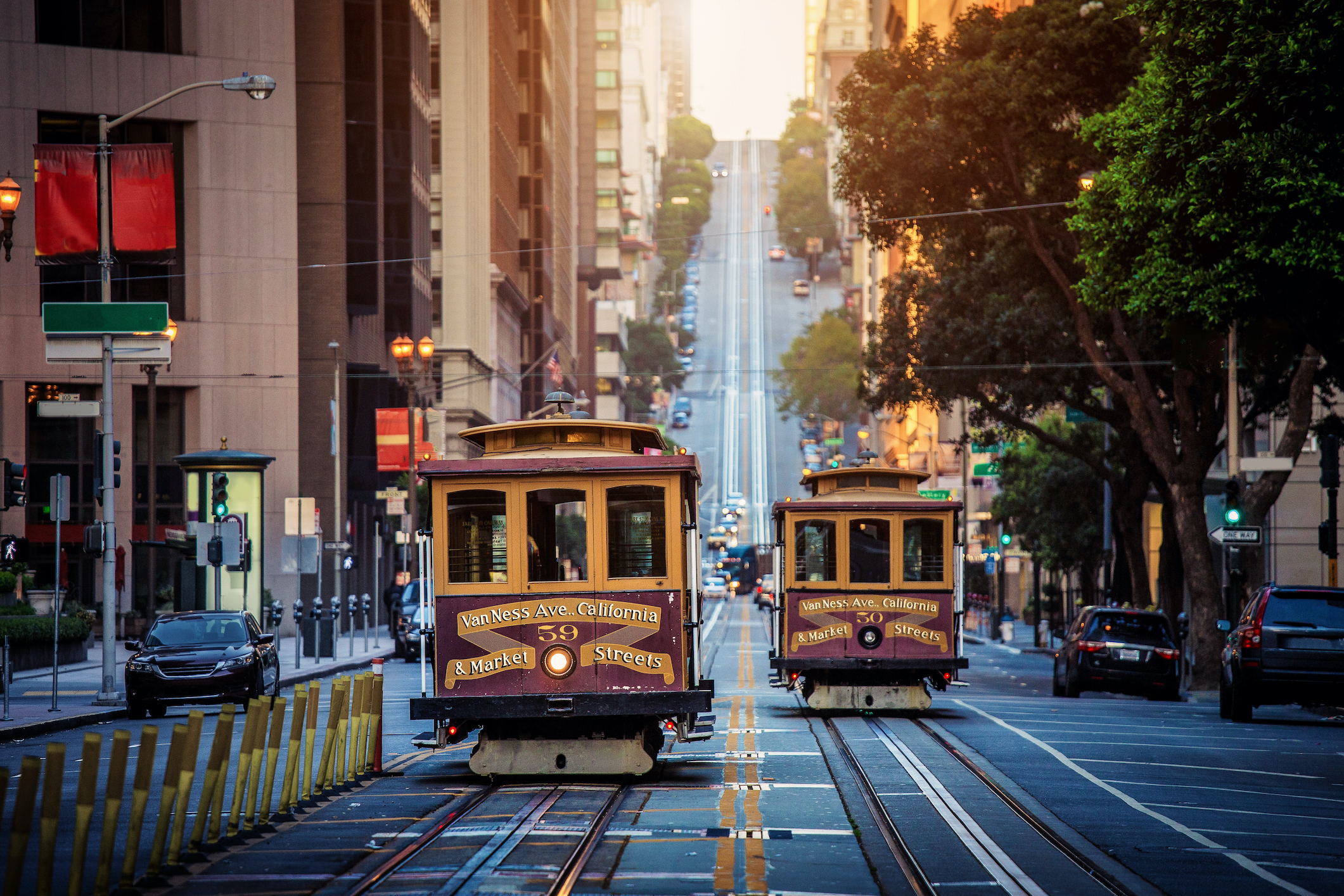What the urban exodus in San Francisco bodes for car dependency and public transit
Katie Fehrenbacher
Wed, 08/19/2020 – 01:45
For someone living in San Francisco for over a decade, the latest numbers showing an exodus from the notoriously hard-to-live-in city are jaw-dropping. Housing vacancies are skyrocketing. Rent prices are dropping. Parking spots in my neighborhood are suddenly empty.
The numbers are complicated but also worrisome when it comes to encouraging car-dominant housing in a state that has seen the relentless rise (until very recently) of transportation-related carbon emissions.
San Francisco is unique in that the city had some of the highest housing prices in the nation, combined with serious urban issues such as an entrenched homeless crisis and a difficult school system. Many residents were already on the edge of ditching the city before the pandemic, and the squeeze of the public health crisis — and its negative affect on transit, nightlife and density worries — have become too much for many.
Other high-priced cities, such as New York, are facing similar trends. I get it. I, too, have longed for greener pastures. And who knows, maybe I’ll join in the farewell.
But anecdotal evidence suggests that former San Francisco residents are fleeing for the suburbs and even more rural areas in the state. Tens of thousands of tech workers employed by Google, Apple, Twitter and more are planning to work from home until at least summer 2021 and maybe permanently.
A rise in the traditional suburbs built around car ownership is not the answer to any state’s ingrained housing and transportation problems.
They can theoretically live wherever they want while working online. Homes in Tahoe — San Francisco’s northern mountain paradise — are flying off the shelves.
A strong demographic trend of families moving from regions where they don’t need to rely on car ownership to regions where they do could exacerbate California’s transportation emissions issues. Car sales in the Bay Area already have been on the rise in recent months as families buy “COVID cars” and avoid transit, ride-hailing and carpooling.
But the shifting demographic numbers are also complicated. If many workers are no longer commuting at all, will that result in a sustained, long-term dampening of California’s transportation emissions? It sure did during the shelter-in-place period this spring.
We just don’t know yet what the bigger picture looks like, how city services such as transit will adapt to our new world and just how long this whole thing will last. In addition, some smaller cities, not nearly as expensive as San Francisco and New York, have not seen the same type of exodus. Seattle, Washington, D.C., Los Angeles and Miami haven’t yet seen a sizable shift from urban to nearby suburban housing.
I’m also hoping tech and innovation could provide new tools that could help. Fast broadband connections and services such as Zoom, of course, are enabling telework. But a substantial rise in electric vehicles also could help combat the emissions associated with a growth in car ownership. Perhaps we might see more new car-free communities, such as Culdesac Tempe in Arizona, prove popular for residents and lucrative for developers.
What we do know is that a rise in the traditional suburbs built around car ownership is not the answer to California’s or other states’ ingrained housing and transportation problems. We need to think of new solutions that prioritize residents’ needs but also don’t embrace a car-dominant future.
This article is adapted from GreenBiz’s weekly newsletter, Transport Weekly, running Tuesdays. Subscribe here.
Public Transit
